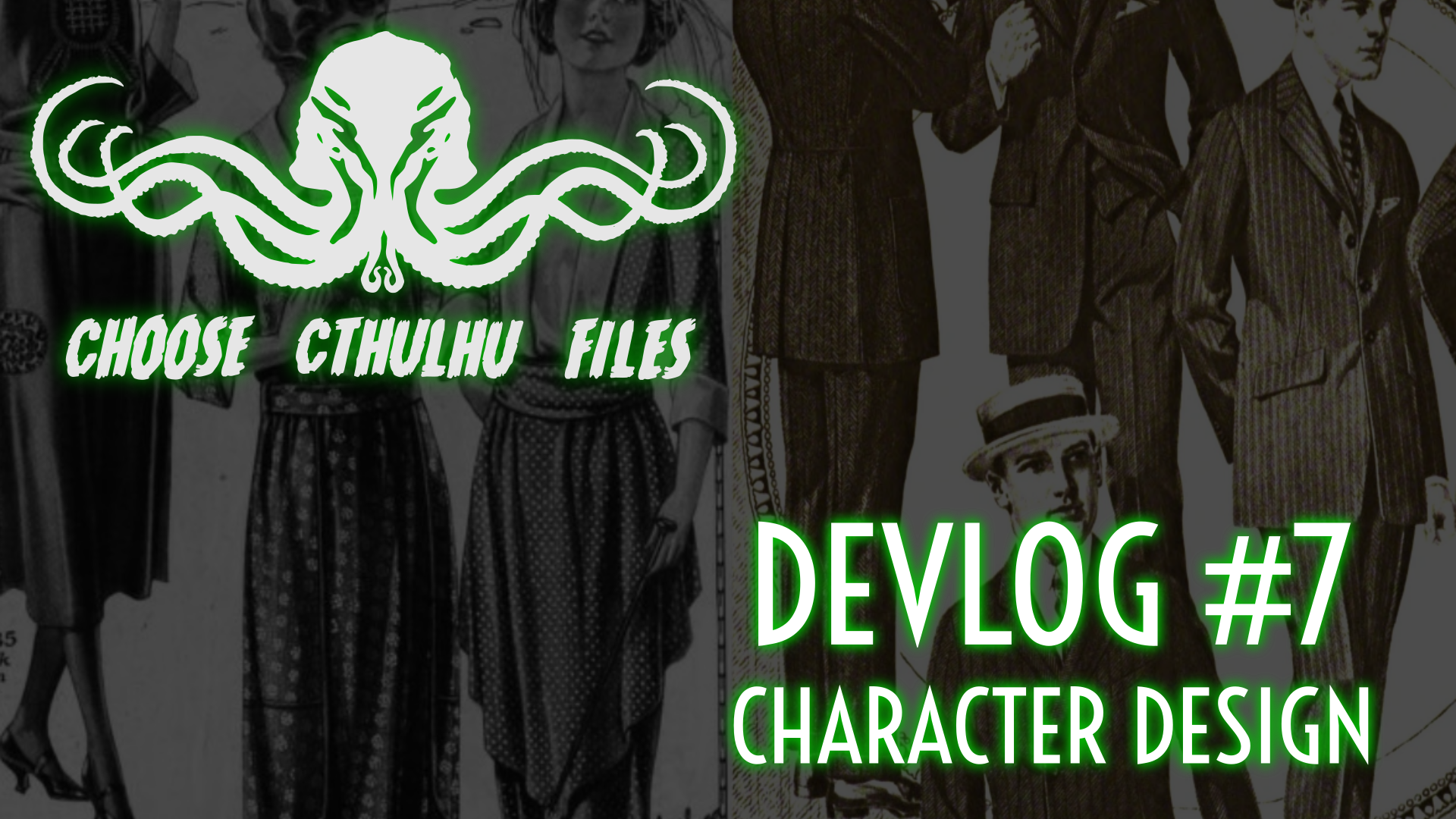

One of the most important parts of a game like the one we want to develop is precisely the characters that will bring the story to life and interact with the player in each scene.
Definition of visual style
From the beginning, our team faced the task of defining the visual style that would best capture the dark and mysterious atmosphere that will set the tone for the game.
We considered several options: from an American comic style with pronounced shadows that presented a clear contrast between lights and shadows to a realistic render with more details and soft shading. The key when making these types of decisions is to know what we want to convey to the player. Do we want the experience to be purely playful? Do we want them to feel the tension of the plot and the sense of horror that lurks behind every discovery as they progress in the story?
We decided that a more stylized or comic style might not fully fit with the realistic backgrounds we wanted to design, so we ultimately opted for a semi-realistic style with a dark and desaturated color palette that better matched the backgrounds.
Search for style references
With this idea in mind, we began the search for references that would fit what we were looking for. This phase is crucial to definitively establish the overall image we want to project. It is always appropriate to study other artists or works that have traveled the same path that now lies before us, learning from the best and studying their processes and results.
The references obtained will serve as inspiration for the rest of the process and for the definition of each character.
Study of the era
Another crucial part of the creative process is to see how the aesthetics of the era affect the characters. This is usually reflected in clothing, hairstyles, accessories, poses, expressions, and many more details. In essence, the setting directly affects almost every aspect of character design.
We thoroughly study the fashion of the 1920s to capture its style and bring the characters to life in a way that closely resembles the aesthetic of the time. Every detail, from the looks of the suits to the accessories, must be carefully researched and considered to ensure that the characters are visually consistent with the era and tone of the game.
For this stage, it is common to study resources used in 1920s cinema or movies set in that era, although the latter are not always a 100% reliable source as they are often adaptions and take many creative liberties, so we use first-hand references from the era such as Stella Blum's "Everyday Fashions of the Thirties" and other catalogs like the "Sears Roebuck And Co Catalog of 1922".
Character design
With the visual style established and many references, we move on to the character design process.
Each character will require careful consideration of their physiognomy and features. Each character in the story has a personality and a role to play within the plot, and this should be reflected not only in costume design but also in body language. A character's personality is reflected in both their physical appearance and attire.
But beyond their initial appearance, it is also important to consider the evolution of the characters throughout the story. In Lovecraft's stories, madness is a recurring theme. The main characters in the stories become increasingly troubled, even emaciated as they discover the horrors that await them.
Because of this, we decided to take into account that the main characters of the story could undergo subtle (and not so subtle) changes in their physical appearance as the story progresses and fear gradually consumes them. This decision adds an additional layer of complexity and depth to the work, as the goal is to represent these changes in a consistent and meaningful way in the character designs.
Proposals and sketches
Once we have all the information, we are ready to start working on each character.
Based on this information, we will make different proposals so that the team has a wider variety to choose from, and with this, we can better define the image of each character, including color studies that fit the environment.
Our goal is to be as faithful to the era as possible, but adaptions are always used for narrative needs. That's why it is necessary to do several tests until we find which elements and designs best suit each situation.
Illustration
Once the designs are finalized, the illustration phase begins. Working in collaboration with the development team, we proceed to bring our characters to life, taking into account the scenarios in which they will move, creating the character in a pose that conveys both their personality and their role in the scene in which they will appear.
My personal experience
Ultimately, my process as a conceptual artist in this project has been an experience of constant discovery and challenge. Through the careful balance between historical authenticity and visual creativity, we have laid the groundwork to create a world that we hope will captivate players and inspire them to live amazing adventures of mystery and cosmic horror.
Other interesting posts
Do not miss anything
If you want more information and to stay informed about our progress, we recommend that you subscribe to our newsletter, visit our website, join our discord and follow us on our social media channels.







